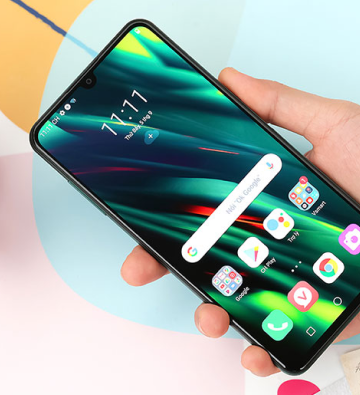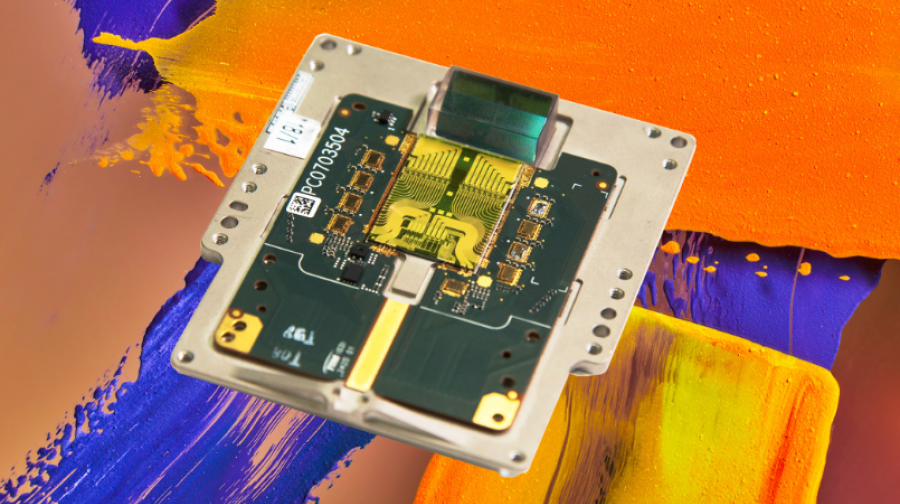How to solve traffic problems with self-driving cars
Self-driving cars will fix all of our problems on the road and we all need to come to terms with it
It’s true. Self-driving cars will fix all of our problems on the road and we all need to come to terms with it. Just think about it, the technology will:
1. Significantly reduce the number of road accidents
2. Drastically improve traffic efficiency
3. Look freakin’ awesome
Self-driving technology has been around for a few decades or so but has really only bloomed in the past decade with efforts from multinational technology corporations, such as Google and Tesla. Its reliability in public is very much up-and-coming as more and more people are beginning to understand and trust the technology.
Self-driving technology solves traffic? Yeah, right!
Don’t underestimate the power of technology. In terms of solving our traffic issues, self-driving cars are onto it.
Possibly the greatest analysis of why traffic exists and the most fundamental way of solving it, is by educational YouTuber and podcaster, CGP Grey, in his video titled The Simple Solution to Traffic. You can check out the 5-minute video below:
Traffic Problem #1
The video essentially explains that traffic starts with one person reacting to something, whether that’s another car merging into their lane or just a chicken crossing the road. Once that car slows down, a ripple effect happens, and each car behind that first car then brakes, eventually getting slower until one car down the line comes to a stop. From there, cars are moving slowly in tight spaces — essentially, that first car just created a whole traffic jam. This is especially a nuisance on highways and one or two-lane roads.
Traffic jams like this can, however, be simply avoided by teaching all drivers to drive equidistant from each other, so that no unnecessary or sudden braking is performed — consequently creating a rippling traffic jam. But, as we all know, that is impossible as there are varying levels of experience and skill between different drivers. After all, the video claims that we’re technically all “monkey drivers” with slow reaction times and short attention spans.
Traffic Problem #2
Another way that traffic forms relate to a more gridlock style of traffic, most common in cities with high-density population and a seemingly high number of vehicles — and traffic jams. Basically, as humans have slow reaction times, the number of cars to get through an intersection with traffic lights is limited, because the first car reacts to the green light, then the next, then the next, and so on. The first intersection’s light going red causes the cars behind to squish in, usually meaning that nitwits get stuck in the middle on the intersection behind the jam, causing endless traffic in all ways.
The simple solution to this problem is to have all drivers accelerate (at the same time and speed) when the light goes green so that there are no delayed reactions, fewer traffic buildups, and significantly fewer nitwits. But, again, as we all know, that is impossible. Humans can’t function that perfectly and will be subject to distrust, fear of accidents, and a whole range of other issues.
Solution
A more reasonably achievable and properly fitting solution to traffic is the mass introduction of self-driving cars into society. Self-driving cars, with technological capacities superior to that of humans, would eliminate the issues of slow reaction times, short attention spans, and consequently solve both traffic problems aforementioned.
With self-driving technology all over both city roads and highways, it can be assured that:
The ripple effect is eliminated — Cars will be driving equidistantly from each other and both at the most efficient and safe speed, so that when the first car breaks, the following cars can more effectively recover from slowing down.
Slow reaction times are eliminated — With mass self-driving technology at hand, cars will be able to accelerate at the same times at a green light, and city-based traffic will be dramatically reduced.
Even traffic lights will be eliminated — Traffic lights are basically just a way for cars at intersections to communicate with each other; red means stop and green meaning go. With self-driving technology having the ability to connect each individual car to a mainframe where they can all communicate with each other at speeds faster than light, there will be no need for traffic lights, because all the cars will know when and when not to go via super-advanced AI programming.
In conclusion, it’s safe to say, that when the stigmas surrounding self-driving cars are torn down and mass populations start to invest in and utilize self-driving technologies, we will start seeing much safer and efficient roads.
Source: https://www.crucial.com.au/blog/2016/09/07/self-driving-cars-solve-traffic-problems/






















 29.12.2020
29.12.2020
 v.dangptb
v.dangptb











